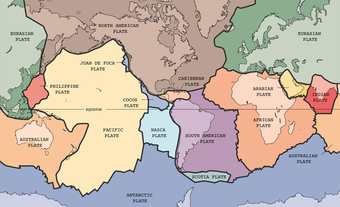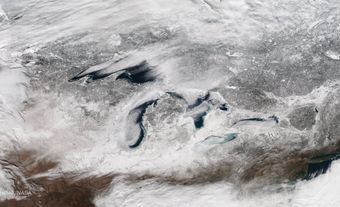For the first 500 years, drainage was southward through the Minnesota River Valley. As glacial retreat continued into northwestern Ontario, the lake lowered and drainage shifted eastward into Lake Superior via various channels in the Lake Nipigon basin area. There may have also been a northwestward drainage into the Arctic Ocean via the Mackenzie River.
About 9900 years ago, a re-advance blocked the eastern outlet, raising the lake to earlier levels. Between 9500 and 9200 years ago, the ice sheet rapidly disintegrated and eastern outlets were once again opened. As deglaciation continued, lower lake levels were established and the overflow drainage shifted along a route across northern Ontario into the St Lawrence River Valley. The final drainage of the lake occurred about 7700 years ago north into Hudson Bay. Only remnants, eg, Lake WINNIPEG, remain today. The former lake basin and sediments have provided valuable agricultural land.
See also GLACIER; GLACIATION.

 Share on Facebook
Share on Facebook Share on X
Share on X Share by Email
Share by Email Share on Google Classroom
Share on Google Classroom



